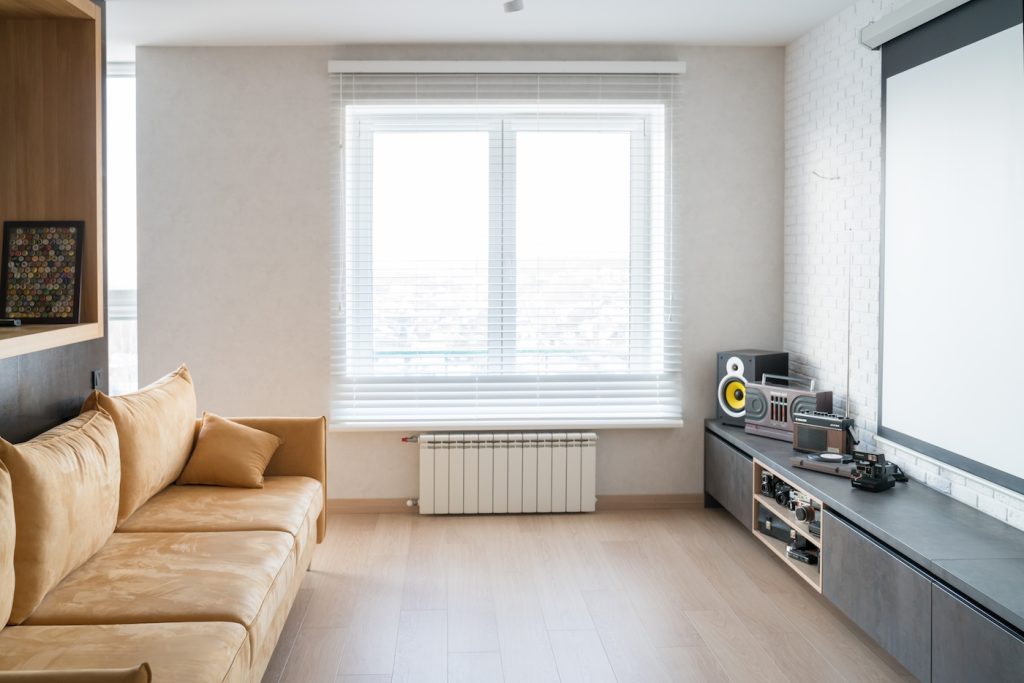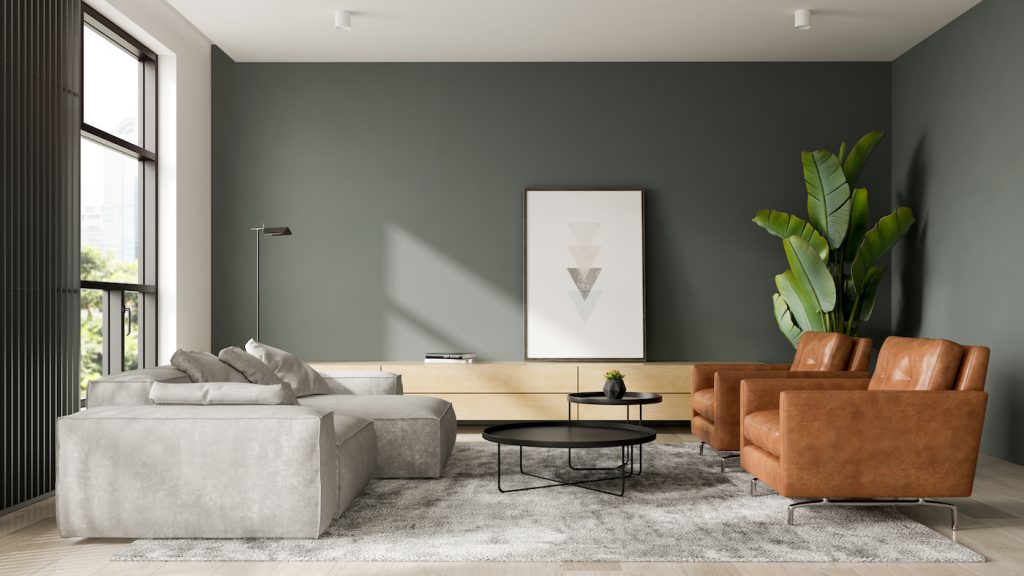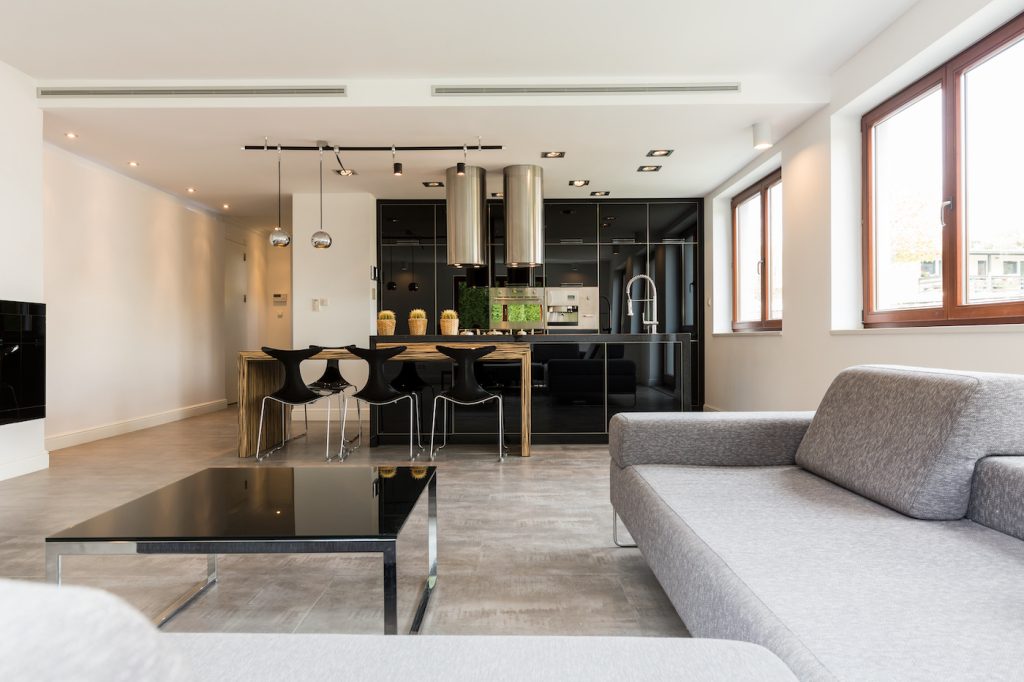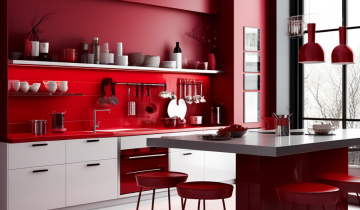DecorWorks showcases the latest trends and tips in home decor and interior design to inspire your best life. We curate architecture and design inspiration for global audiences, and show you practical tips to create any imaginable space.
Positioning your furniture might feel like something instinctive at the start, but then get somewhat perplexing as you move things around. The arrangement of your furnishings has the power to shape the functionality, aesthetics, and overall ambiance of a room. When done right, it can transform your space into a harmonious sanctuary. Here’s what to consider when you’re arranging the layout of each space.
Blueprint and Visualize Your Space
Before you start moving furniture around, it’s wise to have a strategic plan in place. Begin by measuring your room and create a scaled drawing. Alternatively, there are digital tools and apps designed for room planning that can help you visualize different layouts. By doing this, you’ll save yourself the hassle of constant adjustments and repositioning.

Determine the Focal Point
Every room should have a focal point – this could be a striking fireplace, a generous window with a captivating view, or a statement piece of furniture. Arrange your furniture in a way that either faces this focal point or complements it. This arrangement intuitively directs the flow and lends an inviting ambiance to the room.
Prioritize Traffic Flow
Ensuring that there’s a clear and unobstructed path for people to move around the room is essential. Pay close attention to high-traffic areas like the living room. Position your furniture thoughtfully to ensure it doesn’t interfere with the natural flow of movement in the room.

Create Cozy Conversation Areas
In more expansive rooms, contemplate fashioning distinct conversation areas. Group your furniture in clusters, with chairs and sofas facing each other. This setup not only encourages interaction but also infuses the room with an inviting and intimate atmosphere.
The Art of Balance and Symmetry
Balance is the cornerstone of a well-arranged room. Achieve balance by distributing visual weight evenly throughout the space. For instance, if you have a substantial sofa on one side, counterbalance it with an equally substantial piece of furniture or an arrangement of smaller items on the opposite side.

Variety in Furniture Sizes
Avoid the monotony of uniformity in furniture size and height. Diversify the visual appeal by incorporating pieces of different heights, sizes, and shapes. This injects depth and interest into the room.
Strategic Rug Placement
When employing a rug, ensure it’s generously sized to accommodate all the furniture within a seating area. Ideally, all the legs of your furniture should either be on the rug or make contact with its edges. This cohesive arrangement ties the room together.
Function First
Consider the primary function of the room. Is it a space for relaxation, entertainment, or work? Configure your furniture in a way that caters to the room’s main purpose. For instance, in a home office, ensure there’s an efficiently organized desk and chair to facilitate productive work.

Embrace the Rule of Thirds
This design principle entails mentally dividing your room into thirds both horizontally and vertically. Then, place key furniture or design elements along these lines or at their intersections. This approach introduces a sense of equilibrium and visual allure to the space.
Strategize with Wall Space
Furniture doesn’t always have to huddle against the walls. Occasionally, shifting your furniture away from the walls can create an environment that feels more intimate and dynamic. Do remember to maintain enough space for comfortable movement.
Luminous Matters
Lighting, both natural and artificial, is paramount. Position your furniture in such a way that it capitalizes on natural daylight during the day. Use different types of lighting (ambient, task, and accent) to curate different moods and settings in the evening.

A Personalized Touch
Last but not least, make the space uniquely yours. Infuse the room with personal touches such as artwork, photographs, and decorative items that resonate with your personality and style. These elements unify the room, adding character and a sense of identity.
The arrangement of furniture is an intricate dance of aesthetics and functionality. It necessitates thoughtful planning, attention to detail, and an innate understanding of how various components interact to craft a harmonious and practical space. Follow these guidelines and weaving in your personal touch, you can transform your room into an inviting and visually pleasing environment that caters to your distinct needs and preferences.





 No products in the cart.
No products in the cart.